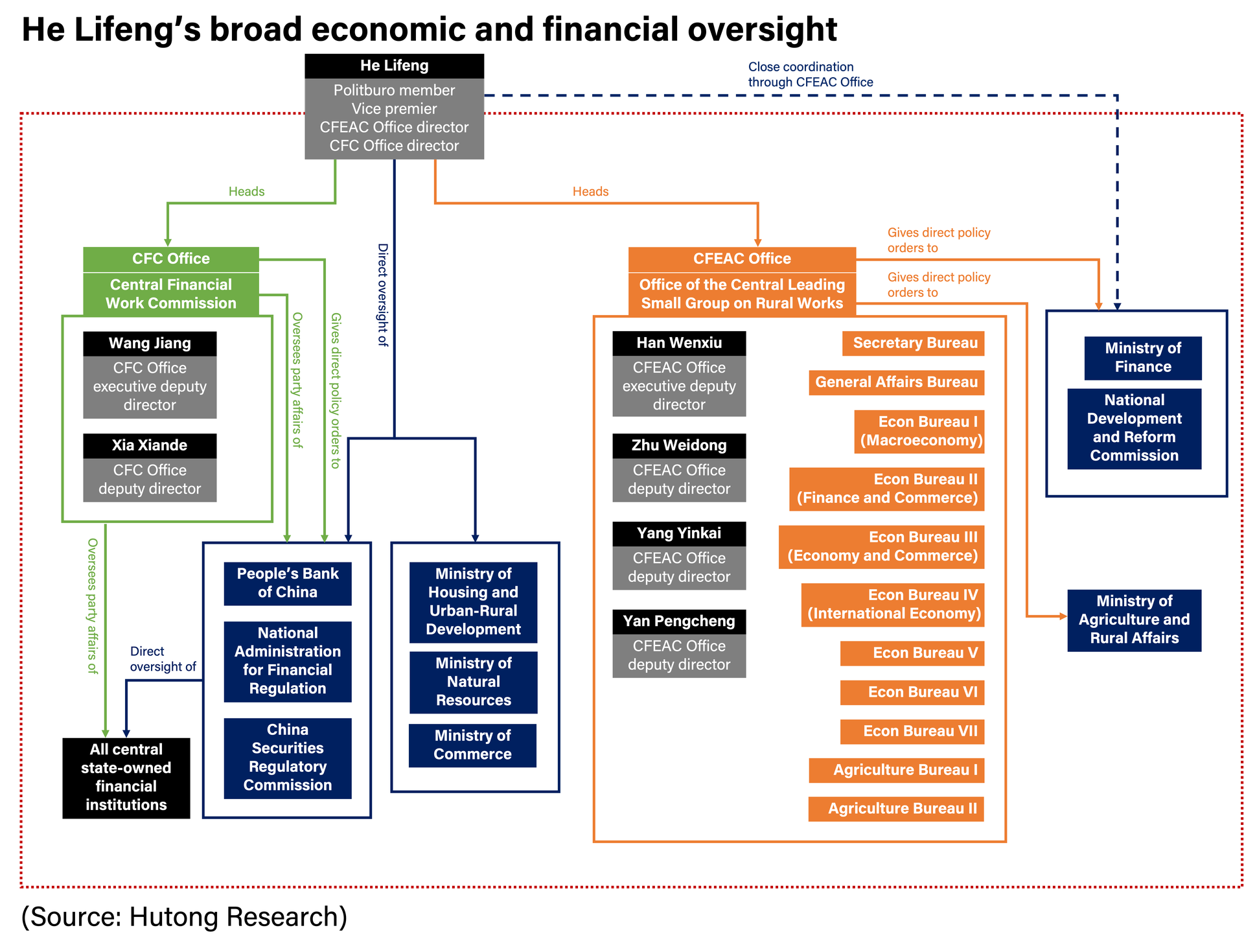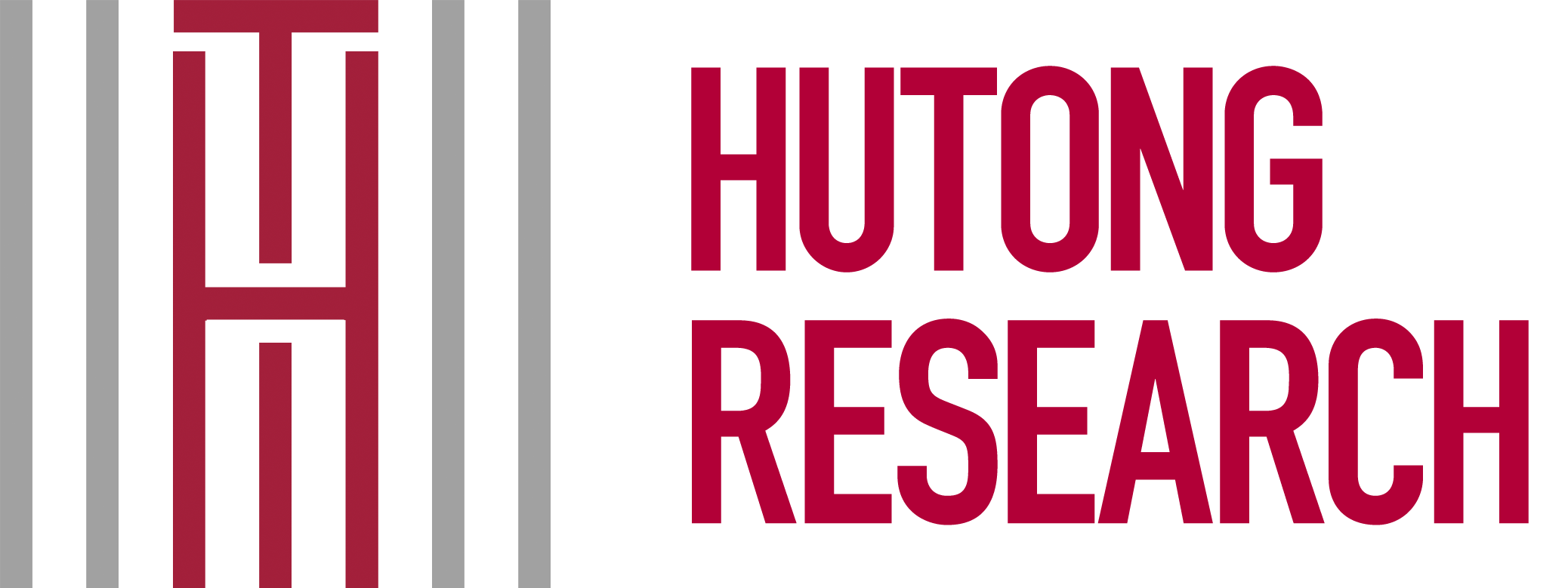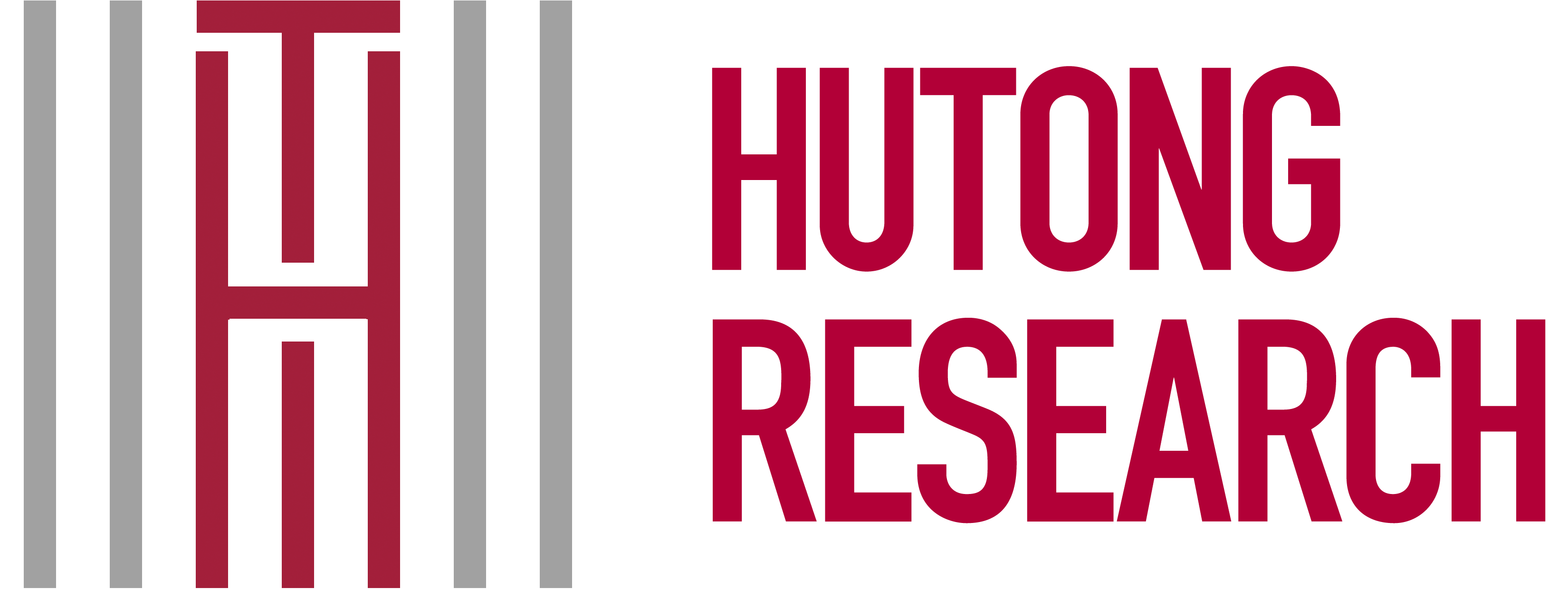China Politics
The Party Commissions Behind Economy and Reform
- Three party central commissions and one work commission drive China’s policymaking on reform, economics, and finance
- Wang Huning remains influential on ideology and reform with key roles at the Central Comprehensively Deepening Reform Commission
- He Lifeng has been reshaping the Central Financial and Economic Affairs Commission office to focus on macroeconomic management
- As office director of the new Central Financial Commission, He will also bridge the gap between macroeconomic and financial policymaking
- His concurrent role as Central Financial Work Commission secretary grants him substantial power over top personnel picks in finance
- The latest CFC meeting highlighted party control and discipline, as Beijing targets regulators and state-owned bank leaders over illegal financial activities
As president Xi Jinping convened a symposium on 23 May to solicit ideas for the upcoming Third Plenum of the 20th Party Congress, the importance of two central commissions—the Central Comprehensively Deepening Reform Commission (CCDRC) and Central Financial and Economic Affairs Commission (CFEAC)—and their offices was brought into focus. Besides Xi, who has chaired both commissions and their forerunners since 2013, eight of the bodies’ leaders attended the event. This highlights these commissions and their offices as the most important party institutions behind Beijing’s reform and economic policymaking today.
The commissions' history in a nutshell
Xi created the Party’s central commissions in the mid-2010s to consolidate power over the State Council and streamline decision-making processes. Prior to this, there was still substantial division of power between the Party and government (i.e., State Council), and this often led to time-consuming debates or even policy misalignment.
Xi specifically utilized a mechanism that had originated in the 1950s—the Party’s “central leading small groups”. CFEAC’s forerunner, for example, traces its roots to the 1990s. Until 2012, the groups mainly focused on policy coordination, as Xi’s predecessors attempted to maintain the distinction between Party and government: Before Xi, the small groups were codified as the Party’s “deliberative and coordinating bodies established ad hoc for the completion of special or temporary tasks.”
After assuming office, Xi instilled these small groups with decision-making power and created new ones. CCDRC, for instance, was formed only in 2013 to coordinate Xi’s “comprehensively deepening reform” initiative launched in that year. Xi himself has chaired the most important ones since 2012 and transformed four into central commissions in 2018. This rendered them as permanent within the Party’s organizational structure and afforded them stronger mandates and larger staff.

Operations of CCDRC, CFEAC, and their offices
In practice, CCDRC and CFEAC deliberate, craft, chart, coordinate, and oversee the implementation of policy. CCDRC has convened 70 times, starting in January 2014. The pace was intensive in Xi’s first term, with monthly meetings in 2015-16 and eight each in 2014 and 2017. CCDRC’s gatherings were bimonthly in 2018-21, quarterly in 2022, thrice in 2023, and once thus far in 2024. The frequency appears to have decreased as reforms have addressed more of its erstwhile agenda items.
CFEAC and its predecessor have met less often—16 times in Xi’s first term, 11 in his second, and four so far in his third. Frequent meetings are not necessary, as the Politburo already dedicates two of its monthly meetings to economic topics every year, while Xi chairs the Central Economic Work Conference (CEWC) every December to advance economic plans and targets for the coming year. CFEAC meetings are primarily intended to address economic issues that are either more urgent or beyond the capacity of the Politburo and CEWC gatherings.
The commissions’ utility is clear: As party entities, they can bypass the formal rules and regulations that otherwise encumber government responses to abrupt crises and new trends.
For instance, CCDRC began developing innovation-enabling reforms in 2021, soon after the US’s launch of the “small yard, high fence” strategy aimed at impeding China’s technology advancement. In its November 2021 meeting, it passed a three-year action plan on institutional reform in science and technology. In the following September, CCDRC issued another opinion on engendering technology breakthroughs through a new system of mobilizing national resources.
Today, officials examine the output of CCDRC and CFEAC meetings to discern policy trends, while State Council policies are products of the commissions’ directives. Xi envisions agile party and government institutions that are unburdened by rules and norms and adaptable to “black swan” events; CCDRC and CFEAC are thus prominently positioned to drive reforms and top-level policymaking. (See: China Pursues Structural Transformation.)
The commissions’ “offices” manage their daily operations. Some of these offices are dedicated to and domiciled within their corresponding commissions, while others technically reside within other existing party or government agencies. CFEAC’s office is an example of the former, while CCDRC’s lies within the Central Policy Research Office (CPRO), the Party’s top think tank. The organizational structure of the CCDRC office and CPRO thus mirror each other. For example, a single bureau covers agricultural research for both.
The offices vary in size. That of CFEAC’s forebear initially counted around 30 members; the CFEAC office today employs hundreds across 11 bureaus, covering macroeconomic, industrial, international-economic, and agricultural policy.

The CCDRC and CFEAC offices’ power expanded in the 2010s thanks to their respective leaders. Since founding in 2013, the CCDRC office and its precursor have been headed by Wang Huning. Perennially regarded as the Party’s top ideologist, he was the longest-serving CPRO director, whose tenure spanned three general secretaries (2002-20).
In fact, much of CPRO’s own prestige derives from its association with Wang, who rose from Central Committee to Politburo member in 2012, and then to the Politburo Standing Committee (PBSC) in 2017. He and his team at the CCDRC office are responsible for drafting party congress reports, granting him the ability to shape the Party’s ideology and long-term trajectory.
Notably, Wang’s PBSC promotion accorded him concurrent roles as Central Committee Secretariat first secretary and CCDRC vice chairman. He thus became a key reform decision-maker and managed not only CCDRC’s daily operations but those of the Party’s central organs until 2022. This allowed him to impart his ideological imprint on said organs. Wang’s expertise remains central to Xi’s vision and the path to realizing it.
CFEAC, conversely, grew significantly under former director Liu He (2013-2023), who was Xi’s middle-school classmate and most trusted economic advisor. Tasked by Xi to drive economic reform, he transformed its office into an economic think tank dedicated to studying and advancing Liu’s policy positions.
Liu recruited mid-ranking officials whom he favored from agencies like the National Development and Reform Commission (NDRC) and Ministry of Finance (MoF) to strengthen the CFEAC office’s influence over other economic policymakers. Liao Min, for example, was office deputy director from 2018 to 2023, while serving as vice minister of finance. A key negotiator on US-China trade, his dual roles ensured that international-economic considerations were factored when Liu He made broader economic reform plans at the CFEAC office.
Under Liu, the CFEAC office also raised its public profile by two key means: First, its leaders often conduct research and inspection tours to develop clearer pictures of local-economic performance, which are even supported via dedicated provincial and city budgets. The office is also tasked with drafting Xi’s annual CEWC speeches.
CCDRC as Beijing’s reform driver
CCDRC is Beijing’s primus inter pares on Xi’s overarching reform agenda. Since its establishment in 2013, it has passed 543 documents in 70 meetings, including 480 actional policy documents.
The most important of these serve as roadmaps to political reform and are subsequently released jointly by the Central Committee and State Council, followed by specific policies from different agencies. Other documents, narrower in scope, are codified by the State Council, general offices of the Central Committee or State Council, or specific ministries before becoming policy.
CCDRC’s primary focus is to drive reforms that address complex challenges to the Party’s long-term rule. “Reform” in current political context vastly differs from that of four decades ago, when the state took a backseat to the market in steering China’s economy. The focus then was on deregulation and decentralization to foster a market economy. Now, however, “comprehensively deepening reform” aims not to liberalize but to identify and remove key obstacles to effective governance.
In some areas, such as state-owned enterprises (SOEs), this could entail the growth of nonmarket players, as Xi increasingly views the state-owned sector as an important economic and political buffer on which the Party can rely in times of crisis.
Indeed, only 53 (11%) of CCDRC’s 480 documents relate to market-oriented reforms. These mostly concern free-trade zones, market access, and fair competition, with an aim to attract more foreign investment. 62 (13%) cover legal, 53 (10%) environmental and ecological, 45 (9%) social and healthcare, 45 (9%) cultural and educational, and 22 (5%) SOE reform.
There has notably been an uptick in CCDRC’s attention to innovation as a counter to US attempts to curtail China’s technological advancement. Only one CCDRC document pre-2021 concerned technology and innovation—versus 10 since that year.
CFEAC as a macroeconomic crisis manager
CFEAC focuses primarily on macroeconomic management, now with particular attention to the crises in the real estate market and local-government debt—both third-term priorities for Xi.
Current CFEAC office director He Lifeng has been tasked with managing these matters, which are regarded as threats to social and political stability. He, a former NDRC chairman (2017-23), has been enlisting former subordinates to the CFEAC office for this very purpose since taking office last year.
These include two of its deputy directors, Yang Yinkai and Yan Pengcheng. Yang was He’s de facto chief of staff (2017-22) and spent much of his tenure on regional economics, poverty alleviation, and revitalization of China’s northeast. Yan directed NDRC’s policy research office under He and later headed its national economy department, which is responsible for proposing annual national economic plans as well as macroeconomic-control objectives to drive growth, ensure employment, and stabilize prices.
Yang and Yan joined the CFEAC office because they are He’s most reliable aides in the central government, in which he has had no experience prior to NDRC. Their exposure to regional economics also helps him to balance economic development with systemic risk mitigation.
He is also leveraging his relationship with his NDRC successor, Zheng Shanjie, to enhance coordination between the two bodies. Zheng was a subordinate of He since early the 2000s, when they served as Xiamen’s development and reform commission chairman and municipal party secretary, respectively.
To address the local-government debt issue, He is also relying on finance minister Lan Fo’an. Lan worked under the previous minister, Liu Kun, in Guangdong from 2002 to 2007. Liu and He graduated with the same major simultaneously from Xiamen University—which likely contributed to Lan’s appointment as finance minister.
Lan advocates for more disciplined local-financial management. He supported “expansive auditing” to include all government funding, whether in or out of budget, while heading Guangdong’s audit department from 2007 to 2015. Implied here were local-government financing vehicles (LGFVs), a key nexus of the current debt issues.
Last summer, MoF conducted nationwide tours to assess local-government debt risk, which were followed by meetings between He and officials of high-risk regions, as well as multiple State Council documents imposing more stringent investment rules on local governments therein. These actions were likely taken under CFEAC office guidance—or He’s direction, in other words.

What is the role of the new Central Financial Commission?
From 2018 to 2023, CFEAC also made key decisions on financial regulation, but on a higher and less granular level. At the time, office director Liu He also chaired the now-defunct State Council Financial Stability and Development Committee in his capacity as State Council vice premier covering economics and finance. Financial regulation is now the purview of the Central Financial Commission (CFC), which Xi formed in 2023 during a broader overhaul.
Before CFC’s establishment, financial regulation was riddled with loopholes. China’s regulators for securities and banking / insurance both operated as public institutions but not government agencies. Their employees enjoyed higher salaries, easier recruitment screening, flexible exit terms, and fewer restrictions on private-sector employment thereafter. Many would thus join private investment banks or financial conglomerates, leveraging their insider knowledge and connections for personal gains.
This is no longer the case, with CFC’s dedicated focus on the financial sector and mandate to craft specific policies that align with Xi’s vision of an airtight regulatory system that precludes rent-seeking. Just this January, Xi urged regulators to develop a more proactive and incisive approach, with “teeth and thorns”. (See: Xi Reiterates Party Control Over the Financial Sector.) He also called for a clear delineation of functions to create a comprehensive regulatory regime that is both broad and deep.
CFC oversees policymaking, while its office manages daily operations similarly to the offices of the other central commissions. Notably, the CFC office is collocated with the Xi-created Central Financial Work Commission (CFWC), one of only four “work commissions” today. Work commission serves as a sector-wide consolidated party leadership with overarching power in personnel, party building, and discipline. CFWC effectively consolidates the Party’s power over China’s entire financial sector and avoids oversight gaps.
CFWC wields the greatest authority on anticorruption, personnel, and party-building in the sector. Since its establishment, three banking leaders of vice-ministerial rank—one from Bank of China and two from Everbright Group—have been ousted.
He Lifeng serves concurrently as director of both the CFEAC and CFC offices and CFWC secretary, an arrangement that grants him substantial influence over appointments to top state-owned banks and financial regulators.
The aim of this is to reduce miscommunication between macroeconomic policymakers and financial regulators, as He’s task of resolving the two abovementioned crises will require close coordination among them. His power over personnel choices will also incentivize financial institutions to work with and not against him on these issues.
Going forward, we expect that the CFC office and CFWC will enforce stricter financial discipline and make examples out of corrupt financiers and / or regulators in their campaign to prevent systemic financial risks.
Significantly, CFC is chaired by premier Li Qiang—but this does not necessarily diminish its importance vis-à-vis the Xi-chaired commissions. Among the latter, Xi has already initiated some withdrawal: The Central Cyberspace Affairs Commission, which he headed from 2014 to 2023, is now led by Cai Qi, while the new Central Science and Technology Commission is likely chaired by Ding Xuexiang. Both are PBSC members.
Li, Cai, and Ding are all long-time confidantes of Xi, who trusts them to faithfully execute his vision. Xi thus no longer feels the need to preside over all such meetings.
Notwithstanding the choice of Li as CFC chair, Beijing does appear to regard “finance” as a topic subordinate to “economy”. This was hinted in the latest meeting between Li and local financial commission office directors, on 21 May. He Lifeng, who attended in his capacity as CFC office director, emphasized that local governments must study the finance chapter of Xi Jinping’s economic thought, suggesting that finance is just one aspect in the Party’s management of the economy.
In case you missed our recent publications:
© Hutong Research. Redistribution prohibited without prior consent. This report has been prepared for distribution to Hutong Research clients. Information contained herein has been obtained from sources believed to be reliable, but not guaranteed. For more information and research archive, visit: www.hutongresearch.com

